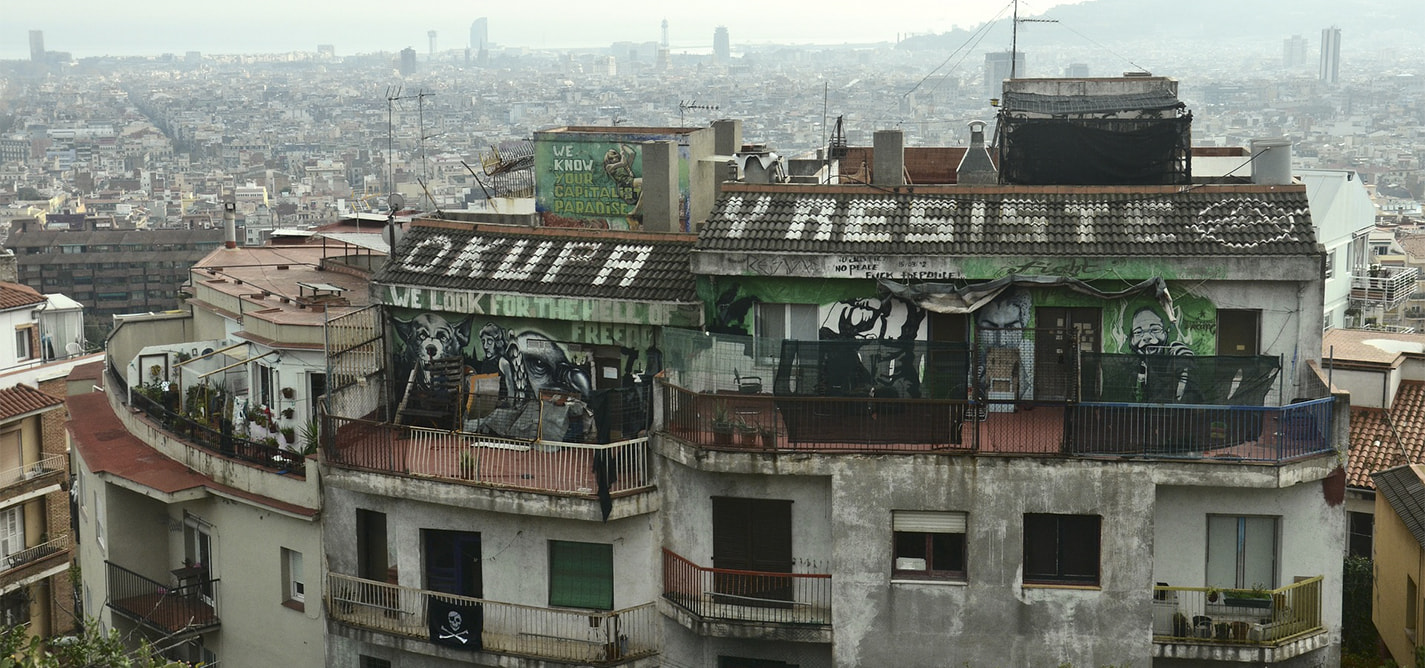
To give a squat
Squatters rights and housing shortage suggestions...
|03.02.2015
|
For the majority, squatting is not so much a choice as a survival strategy.
As the amount of worldwide squatters indicates, it is not a simple problem with a single and simple solution.
In some countries, housing-legislation allows for squatting to be done in a legal manner under certain circumstances.
Providing tenant-rights to people living in derelict buildings where ownership might also be unclear would potentially protect them from harassment by self-proclaimed owners. It would also grant a sense of permanency necessary for improving their lives.

Styrbjӧrn Holmberg
Styrbjorn Holmberg has previously lived and worked in Prishtina and now works as a policy analyst in Sweden. He is fond of an adventure, whether on legs, wheels or water.
This story was originally written in English.